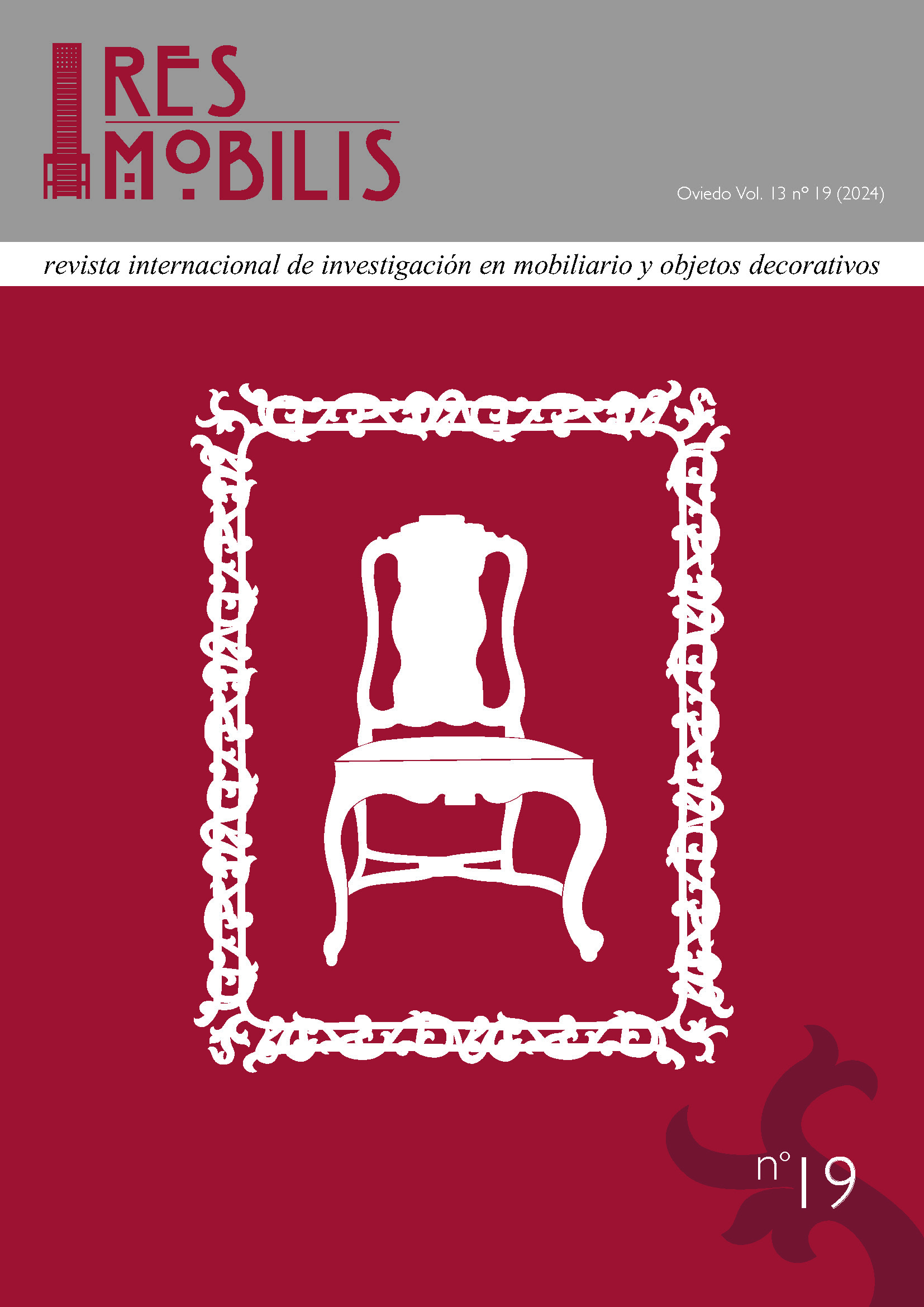Resumen
Nature has perpetually remained a potent wellspring of inspiration for humans because over the years, through the process of natural selection, animals and plants have evolved unique traits to survive and adapt to their environment. These traits can be a source of inspiration for humans when they face problems that require solutions. Biomimetic approach, a discipline based on the idea of designing inspired by nature or imitating biological systems, is used to understand the unique properties and functions of living organisms in nature and to apply these properties to human-made products. The aim of this study is to highlight that nature constitutes one of the most significant sources of inspiration in the realm of design and to experience that original designs can be created by correctly constructing many qualities to be transferred from nature to design. In this context, a multifunctional and hygienic furniture emulating the lotus flower was designed with a biomimetic approach.
Citas
Ağırgan, A. Özgür, Kanat, Z. Evrim, and Özek, H. Ziya. “Nano Partiküllü Su İticilik Maddeleriyle İşlem Görmüş Pamuk ve Polyester Dokuma Kumaşlarının Karşılaştırılması.” The Journal of Textile and Engineers 15, no. 69 (2008): 7-13.
Bar-Cohen, Yoseph. “Biomimetics—Using Nature to Inspire Human Innovation.” Bioinspiration & Biomimetics 1, no. 1 (2006): 1-12. https://doi.org/10.1088/1748-3182/1/1/P01
Benyus, Janine. Biomimicry: Innovation Inspired by Nature. New York: Harper Collins, 1997.
Benyus, Janine. “Biomimicry Designlens.” Biomimicry.net, January 21, 2023. https://biomimicry.net/the-buzz/resources/biomimicry-designlens/.
Bhushan Bharat. “Biomimetics: Lessons from Nature-an Overview.” Philosophical Transactions of the Royal Society A: Mathematical, Physical and Engineering Sciences 367, no. 1893 (2009): 1445-1486. https://doi.org/10.1098/rsta.2009.0011
Forbes, Peter. “Self-cleaning materials.” Scientific American 299, no.2 (2008): 88-95.
Gür, Miray. “Nanomimarlık Bağlamında Nanomalzemeler.” Uludağ University Journal of the Faculty of Engineering 15, no. 2 (2010): 81-90. https://doi.org/10.17482/uujfe.95010
Özdoğan, Esen, Demir, Aslı, and Seventekin, Necdet. “Lotus Effect.” Textile and Apparel 16, no.1 (2006): 287-290.
Perker, Z. Sevgen. “Nanotechnology in Our Century and its Effects on Building Materials.” Engineering Sciences 5, no.4 (2010): 639-648.
Pınar, Emre. “Mekan Tasarımında Biyomimetik Yaklaşımın İrdelenmesi.” Master Thesis, Cukurova University, 2018.
Zari, Maibritt Pedersen. Biomimetic Approaches to Architectural Design for Increased Sustainability. New Zealand: School of Architecture, Victoria University, 2007.

